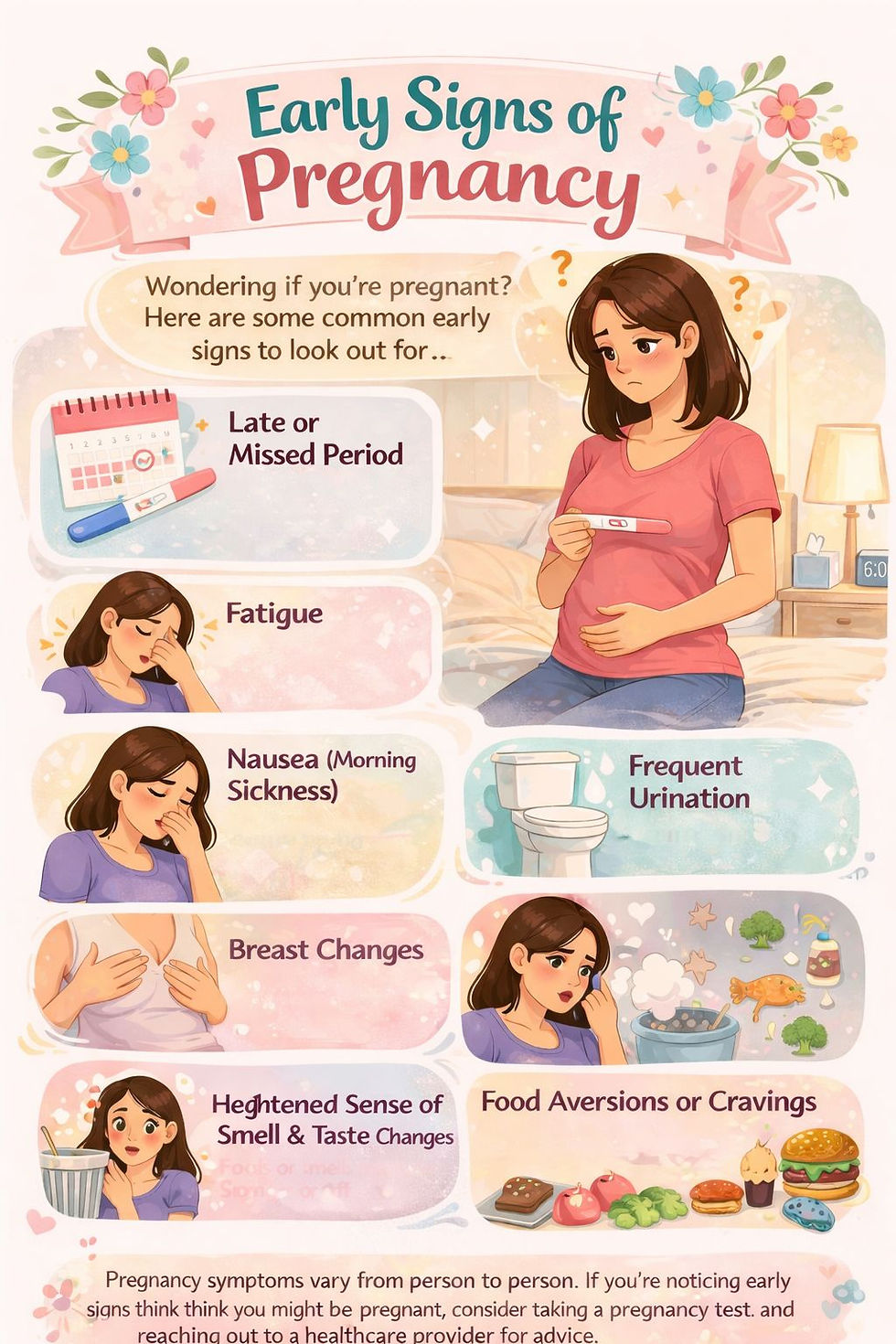A Mother’s Not-So-Sweet Story: Pregnancy diabetes
- Dr Peter Chew

- Apr 4, 2020
- 2 min read
M was upset and looked at me in disbelief when I told her the not-so-sweet news. She had failed her glucose tolerance test (GTT) and had been suffering from gestational diabetes. M, aged 34, and a first-time mum was at 24 weeks of gestation. “Doc, I have a sweet tooth.” She confessed. “I would indulge in cakes and ice-cream after my morning sickness was over. Would the high blood sugar affect my baby?” She then revealed that her mum was also diagnosed to have diabetes recently.
Gestational Diabetes Mellitus (GDM) is a condition in which a woman develops high blood sugar levels during pregnancy. It happens when the body does not produce enough insulin to effectively convert glucose to stored energy resulting in its build-up in the blood. It can affect any pregnant mother, but the following are the risk factors:
Obesity: BMI more than 25kg/m2
History of delivering a big baby (4kg and above)
Previous history of GDM
Aged 35 and above
Family history of diabetes
History of delivering stillborn
It is quite common in Singapore. According to a study published in 2018 by the Agency for Care Effectiveness at the Ministry of Health, one in five pregnant women tested had GDM, more than double the 9.2 per cent in the United States. Indian and Chinese mothers have a higher incidence than the Malay mums.
GDM can negatively impact a woman’s pregnancy and the health of the baby. If the diabetes is not well controlled, the mother can run the risk of having miscarriage, stillbirth and premature birth. After delivery, the diabetes usually goes away by itself. But in 10 % of the women who do not watch their diet and weight carefully, full-blown diabetes may occur within 5 years after childbirth.
GDM may affect the growth of the baby, who tends to be heavier than normal. The amniotic fluid that surrounds the baby may also be excessive. As a result, the baby could lie in an unusual position. Difficult delivery may be encountered and chances of caesarean section and instrumental delivery using forceps or vacuum are increased.
The newborns are also more prone to breathing difficulties (respiratory distress syndrome) and may suffer from low blood sugar (hypoglycemia) immediately after birth. They may develop obesity and diabetes later in life. I advised M to exercise regularly, engaging in activities such as walking, yoga, Pilates or swimming. I also referred her to the dietician who would advise her on how to plan her meals and the right types of food to eat.
She was also referred to the endocrinologist, a specialist doctor who treats disorders of the endocrine glands and hormones. Her blood sugar levels before and after meals were monitored regularly.
With diet control, M’s blood sugar levels remained normal. Her pregnancy progressed well with normal foetal growth. The amniotic fluid level was not excessive. Labour started spontaneously at 39 weeks of gestation and a healthy boy weighing 3.2kg was born by normal vaginal delivery.
Both M and her child had an uncomplicated postnatal course. At 6 weeks after birth, M had a repeat glucose tolerance test, which was normal. I emphasized to M the importance of living a healthy life style so that the chances of GDM in subsequent pregnancies would be mitigated.








Comments